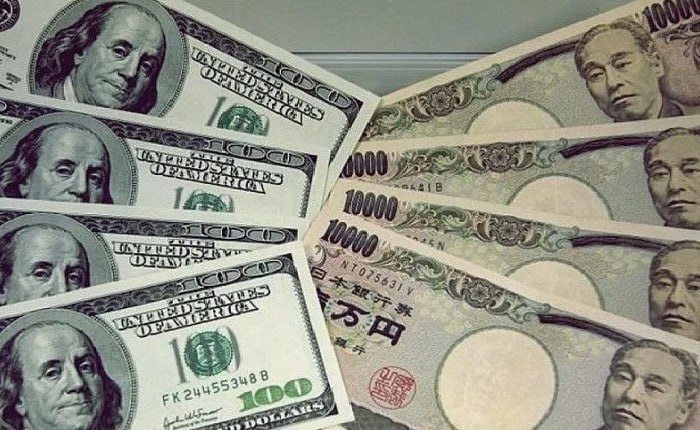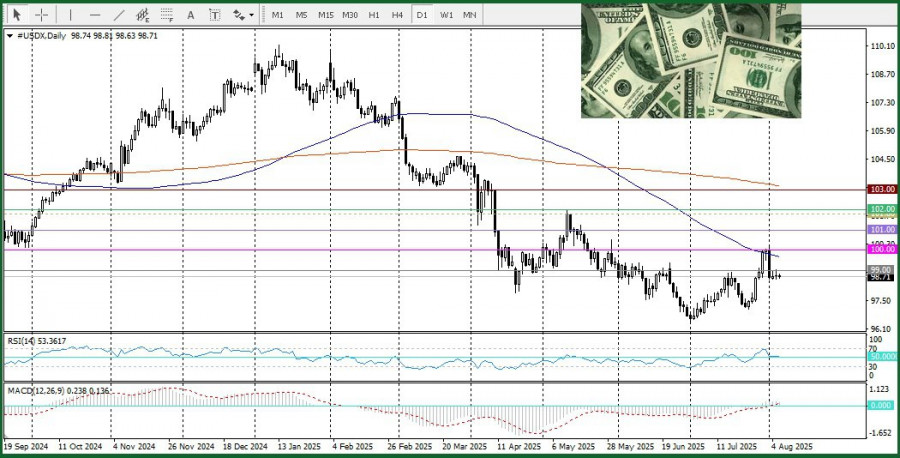See also


 06.08.2025 05:50 PM
06.08.2025 05:50 PMToday, the pair is attempting to recover, but so far unsuccessfully.
Data released on Wednesday from Japan showed that nominal wages in June rose by 2.5% year-on-year—the fastest pace in the last four months, although below market expectations. Real wages, adjusted for inflation, declined by 1.3% compared to the previous year, following a revised 2.6% drop in May. Meanwhile, the consumer inflation rate used to calculate real wages (including fresh food prices but excluding rent) rose by 3.8% year-on-year in June.
These figures indicate persistent pressure on domestic consumption. Additionally, the recent electoral defeat of the ruling Liberal Democratic Party raises concerns about Japan's fiscal position and the possibility of increased spending or tax cuts by the opposition. This adds uncertainty regarding the Bank of Japan's rate hike prospects. Governor Kazuo Ueda continues to tolerate the current policy stance, despite suggesting possible rate increases if economic and inflation growth continues as forecast. As a result, these mixed signals do not support further strengthening of the yen, although it remains resilient.
The U.S. dollar remains under pressure due to expectations of a rate cut by the Federal Reserve in September, which limits confidence in further dollar appreciation. This is supported by weak ISM PMI business activity data for July, which fell to 50.1 from 50.8 in the previous month, along with slower nonfarm payroll growth in the U.S. Another contributing factor was the reduction in the trade deficit to 60.2 billion dollars from 71.7 billion, due to a drop in imports following a surge caused by the imposition of tariffs.
In the absence of major macroeconomic data from the U.S., upcoming FOMC member speeches may influence the dollar later during the North American session.
From a technical perspective, oscillators on the daily chart have started to gain positive momentum, supporting the potential for further upside. However, the pair has encountered resistance at 147.60, and may face another obstacle at the psychological level of 148.00. A sustained breakout above this level would indicate that spot prices are ready to extend gains toward the 149.00 level, with intermediate resistance around 148.50.
On the other hand, today's low near 147.30 serves as immediate support for USD/JPY. Further declines could be viewed as buying opportunities near the psychological level of 147.00. However, a break below this level and then below 146.77—coinciding with the 100-day Simple Moving Average (SMA)—would expose spot prices to a deeper drop toward the 146.00 level and below.
You have already liked this post today
*The market analysis posted here is meant to increase your awareness, but not to give instructions to make a trade.


